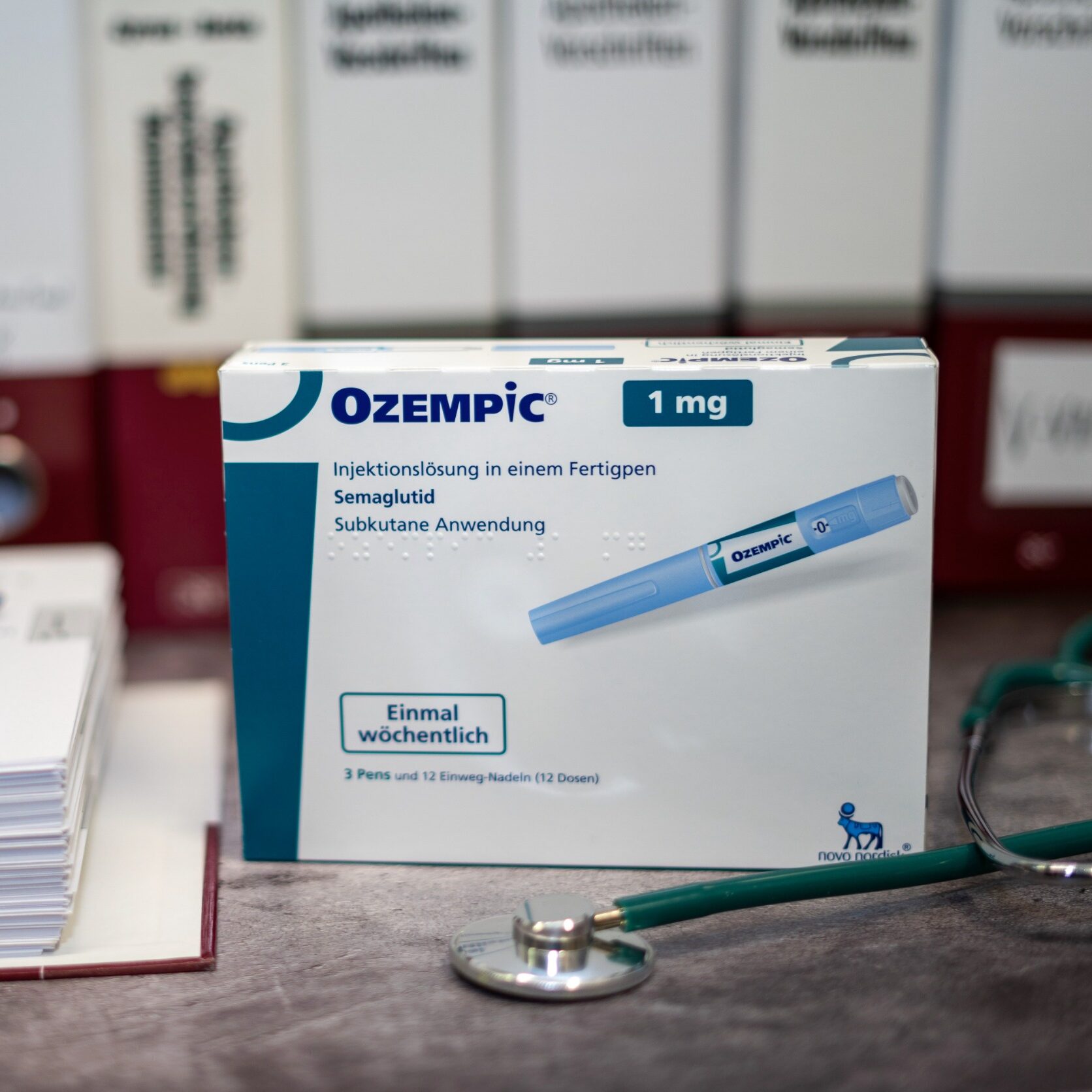I’ve long held the belief that advertisers and food producers routinely mislead the public. Take a look around next time you are out shopping. You’ll see aisles marked gluten-free and paleo, or an entire “health market” nestled inside your grocery store. Just consider that in 2015 Americans spent an estimated $11.6 billion on gluten-free foods alone!
And yet, despite the availability of “health” foods at every turn, America just keeps getting bigger and bigger. In fact, the Center for Disease Control reports that in 2016, 39.8% of adult Americans were obese, resulting in a total medical cost of $147 billion, which is up more than 30% since 2000.
So you tell me: does it look like our “health food” manufacturers are having a positive or negative effect on our waistlines?
What is Healthful?
So why does America keep getting bigger and less healthy? Surprise! Most healthful foods are not really healthful. It works like this:
- A new diet craze gains popularity. (It’s the USA, we are ALWAYS looking for a new diet.)
- The food industry floods the market with a bunch of products that shout the new mantra of the day with words like, “guiltless,” or slogans that proclaim “you deserve a break.”
- We, not unexpectedly, respond to this “new,” “healthful” treat and overeat.
- Then, we gain weight and start looking for the next quick-fix solution.
The types of food at the center of this cycle are referred to as “Halo Health Foods” because a stream of marketing and packaging makes them seem like healthy choices, even though they aren’t. Seals of approval and stamps are all placed on boxes to make you feel good about your purchase, even when in reality there’s nothing you should feel good about.
A Recent Example
A gluten-free friend of mine stopped by and brought a box of “decadent dark chocolate chunk cookies.” They were certified gluten-free, non-GMO, and in a 100% recycled box. What’s not to feel good about, right?
At least the first word on the package was honest…these cookies were decadent. In fact, they were so delicious that we quickly polished off the entire box. But, the next day I decided this might be a good learning experience and I pulled the box out of the trash to look at the nutritional information. After some calculations, I determined we had each consumed about 400 calories, 50 grams of carbs, 33 grams of added sugars, 11 grams saturated fat, and 4 grams of protein. The vitamin and mineral content was virtually zero even though the ingredient list included more than thirty items — not much nutrition for a tiny five-dollar box.
All in all, these cookies aren’t the biggest junk food offenders out there. But as a highly processed food they are engineered to be highly palatable so we will want to eat more of them, and they are easy to digest so we can eat them faster. I won’t even go into the blood sugar reactions or fat storage science of the situation which are even more troubling. At the end of the day, here’s what it means: these cookies prompt us to consume more calories with no real nutrition. Hard to stay healthy with that kind of behavior, right?
Here’s What I Don’t Want…
I’m not trying to be mean, and I’m not trying to guilt you into giving up your favorite treat foods. I believe any food, even junk food, can have a place in an otherwise balanced diet filled with nutrient-dense foods.
Here’s What I Do Want…
I want you to have a skeptical mind when you shop. I want you to avoid falling into the trap of thinking these Halo Health Foods are okay to eat without regard for quantity or quality.
I don’t claim to be a know-it-all, but a few things seem clear to me. After all, pork rinds can be sugar-free, gluten-free, keto, and even organic but I’m pretty sure they aren’t health food.
–Coach Brad


